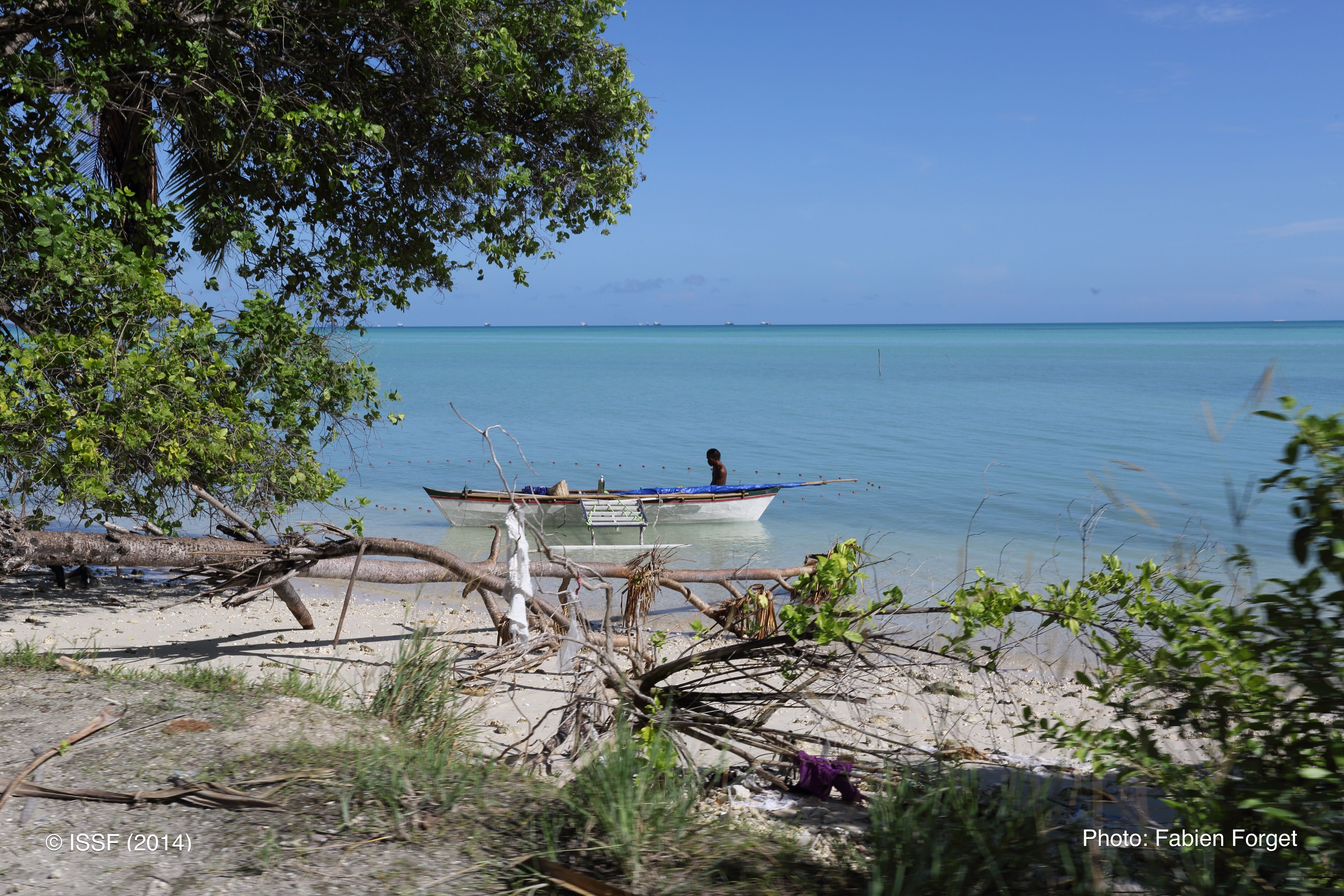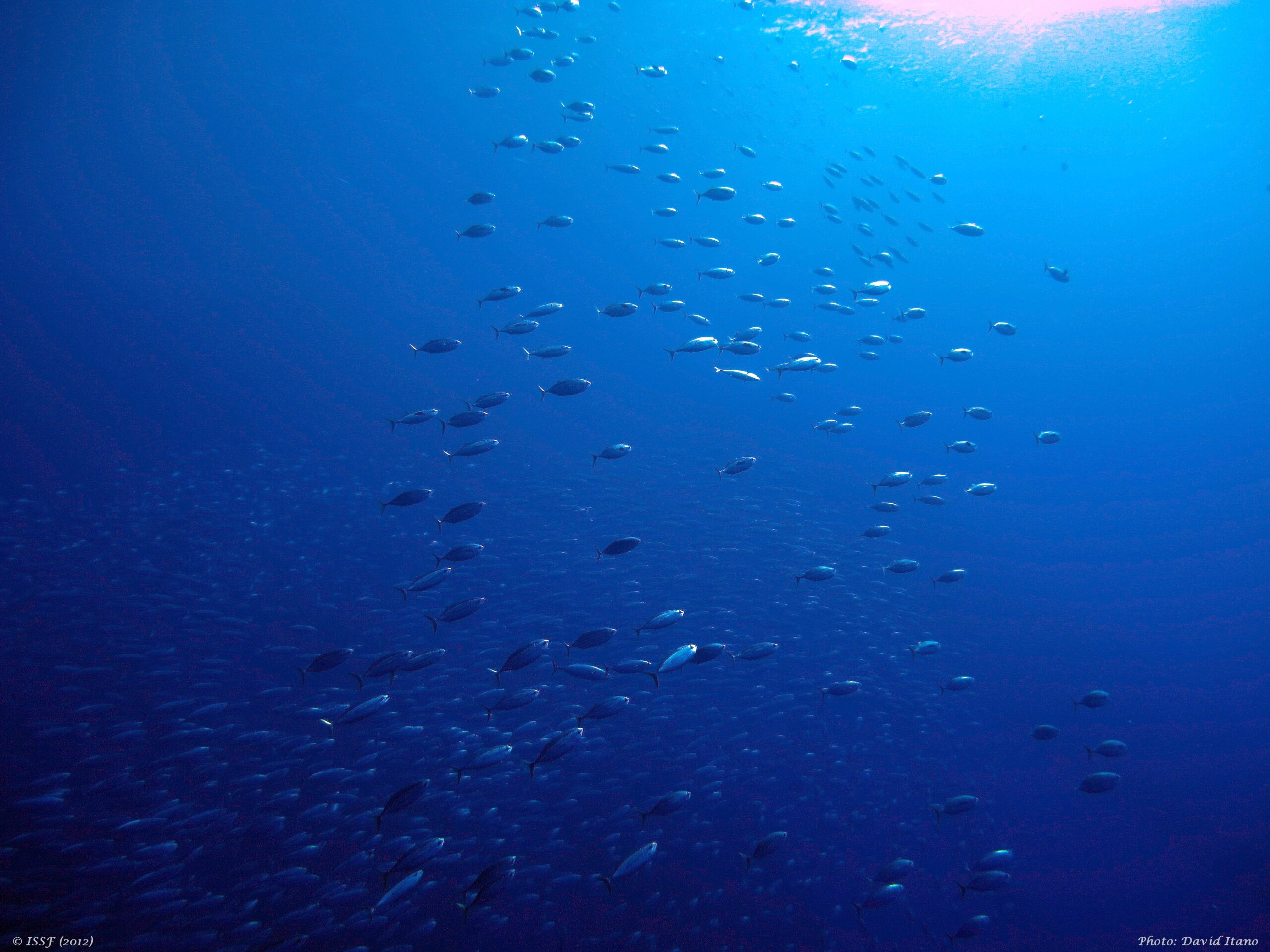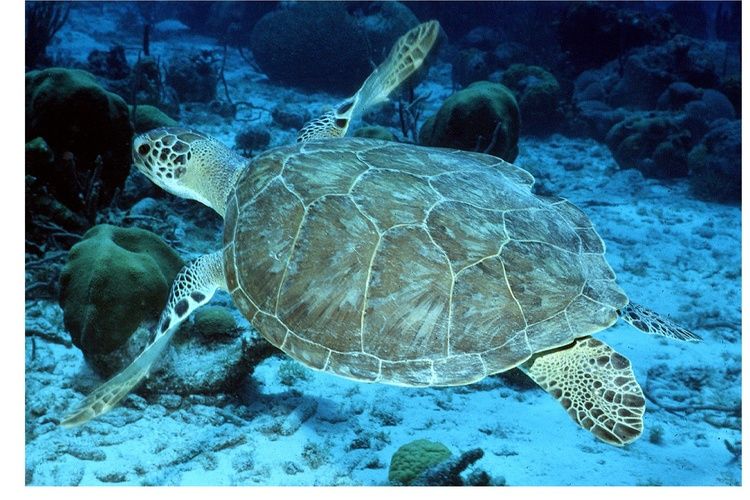
Uneven Outcomes for Western and Central Pacific Ocean Tuna Fisheries at Management Meeting
The Western and Central Pacific Fisheries Commission (WCPFC) recently wrapped its annual meeting. Since the majority of the world’s tuna catch is sourced from the Western and Central Pacific Ocean (WCPO), the gathering is always highly anticipated and closely watched.
This year’s meeting brought some positive outcomes for Pacific Ocean tuna fisheries, including a harvest control rule for North Pacific albacore, the adoption of an updated tropical tuna conservation measure, and moderate progress on electronic monitoring and observer coverage.
But the Commission’s work fell far short in other areas, especially regarding increasing transparency in WCPFC compliance assessment processes and improving fish aggregating device (FAD) management.
ISSF urged action on these priority topics, among others, this year. Here is a review of the outcomes of the WCPFC meeting against our organization’s most critical asks.
Some Progress for Tuna Stock Conservation and Management Procedures (Harvest Strategies)
No WCPO tuna stocks are overfished or experiencing overfishing. Yet managers must continue to adopt precautionary and scientifically rigorous management measures to keep these stocks at healthy levels.
To achieve that this year, WCPFC needed to respond to the outcomes of its management procedures (MP) — or harvest strategies — for skipjack tuna and North Pacific albacore. Specifically, WCPFC needed to (1) translate the outputs of the skipjack management procedure into fishing catch-and-effort controls contained in the tropical tuna measure, and (2) adopt a harvest control rule for North Pacific albacore tuna.
We are pleased that the Commission made progress on both fronts. But we are hesitant to label the updated tropical tuna measure a “win” because its full impact on tuna stocks and WCPO ecosystems in general is difficult to predict, especially considering certain existing WCPFC management gaps.
For example, the new measure reduces FAD closures for purse seine vessels, while allowing for increases in bigeye tuna catch for longline vessels. To properly gauge consequences for tuna stock health, such changes to fishing effort and catch limits must be accompanied by robust monitoring, detailed data collection, and strong RFMO member compliance — areas that are weak for some WCPFC fleets.
We cannot be certain how these elements will impact the longer-term stock status of bigeye and yellowfin tuna, not to mention non-target species like oceanic whitetip and silky sharks, both of which are currently subject to overfishing. ISSF will therefore be carefully analyzing these changes going forward.
Electronic Monitoring and Observer Coverage
Comprehensive observer coverage and the implementation of an electronic monitoring (EM) program is critical to effective fisheries management; compliance monitoring; and independent verification of catch, effort, and marine species interactions.
ISSF has been calling for accelerated progress on developing electronic monitoring (EM) standards for WCPO tuna fisheries, as well as a timeline to substantially increase independent monitoring in longline fisheries. We are therefore gratified that the Commission responded by tasking its EM Working Group with the development of interim technical standards for adoption next year.
We are also pleased to see the Commission increase observer coverage to 10% for the longline fleet in its updated tropical tuna measure, as well as make such increases a prerequisite to raising bigeye catch limits.
However, our strong preference is for observer coverage to increase across the longline fleet generally, and not necessarily be linked to fishing possibilities. The decision in the tropical tuna measure is a step in the right direction — but it makes advancing the interim EM Standards though the EM Working Group next year that much more critical. EM will be an essential component of remedying the longstanding subpar observer coverage on longline vessels.
Misses on Compliance Processes and Transshipment Regulation
Regional Fisheries Management Organizations (RFMOs) need strong and transparent compliance processes to meet their objectives, strengthen their performance, and be accountable to their many diverse stakeholders. Yet WCPFC is the only tuna RFMO with a compliance assessment process that is closed to accredited observers.
Accordingly, we led our WCPFC appeal this year with a call to develop guidelines for observer participation in compliance assessment processes. We are disappointed that the Commission did not act on this request. We will continue to push for this important priority and other best practice recommendations to improve RFMO compliance processes.
The Commission also missed an opportunity to improve at-sea transshipment regulations. If not well-managed, at-sea transshipment can be a conduit for illegal, unreported, and unregulated (IUU) fish to enter the supply chain. We sought strengthened transshipment in line with best practice standards, including elements like the use of automatic identification systems (AIS) and near-real-time electronic reporting for all transshipment activity. It is disappointing that the Commission failed to act.
Falling Short on Strengthened FAD Management
FAD management consistently tops our appeals to tuna fisheries managers because without rigorous management in place, FADs can have substantial negative impacts on the marine environment. We are disappointed the Commission not only made decisions last week that weaken the existing management of FADs but also failed to take any additional needed FAD management measures.
Inconsistent with the precautionary approach, WCPFC deferred its consideration of the transition to biodegradable FADs to 2026. Managers also failed to agree on proposals to require the provision of near-real-time FAD position and acoustic biomass data for scientific use.
The Commission also reduced the length of the existing FAD closures — effectively diminishing the suite of FAD management measures that had been in place and were making solid contributions towards the sustainable utilization of tuna resources.
Overall, the WCPFC meeting provided mixed results. Many difficult issues were pushed to discussions in future years, perpetuating complex challenges that critically require action. WCPFC has been seen as a leader in tuna fisheries management. We are hopeful that 2024 will bring a renewed and stronger spirit of collaboration to face these complex issues. We will continue our engagement throughout the region for the sustainable use of the world’s largest tuna fisheries and protections for the broader marine ecosystem.


